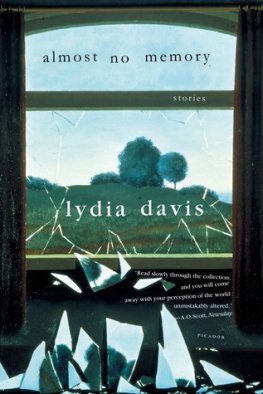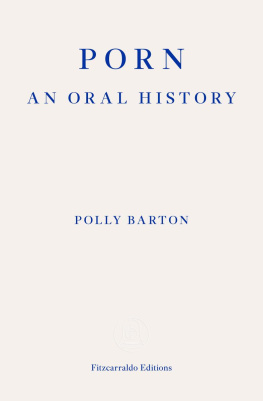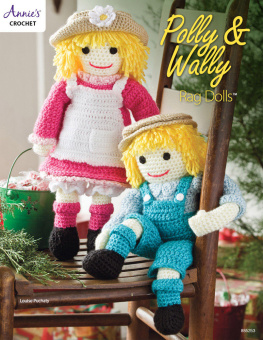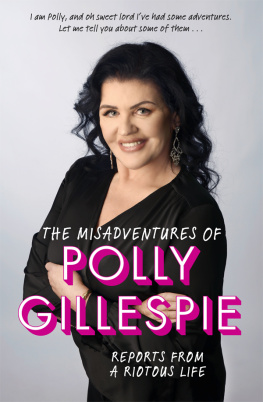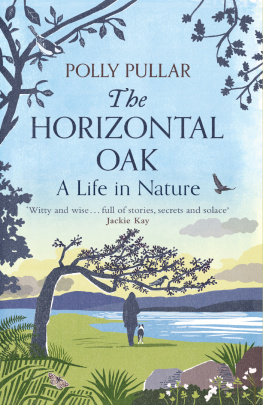Polly Davis - English structure in focus
Here you can read online Polly Davis - English structure in focus full text of the book (entire story) in english for free. Download pdf and epub, get meaning, cover and reviews about this ebook. year: 1987, publisher: Cambridge, Mass. : Newbury House Publishers, genre: Politics. Description of the work, (preface) as well as reviews are available. Best literature library LitArk.com created for fans of good reading and offers a wide selection of genres:
Romance novel
Science fiction
Adventure
Detective
Science
History
Home and family
Prose
Art
Politics
Computer
Non-fiction
Religion
Business
Children
Humor
Choose a favorite category and find really read worthwhile books. Enjoy immersion in the world of imagination, feel the emotions of the characters or learn something new for yourself, make an fascinating discovery.
- Book:English structure in focus
- Author:
- Publisher:Cambridge, Mass. : Newbury House Publishers
- Genre:
- Year:1987
- Rating:3 / 5
- Favourites:Add to favourites
- Your mark:
- 60
- 1
- 2
- 3
- 4
- 5
English structure in focus: summary, description and annotation
We offer to read an annotation, description, summary or preface (depends on what the author of the book "English structure in focus" wrote himself). If you haven't found the necessary information about the book — write in the comments, we will try to find it.
English structure in focus — read online for free the complete book (whole text) full work
Below is the text of the book, divided by pages. System saving the place of the last page read, allows you to conveniently read the book "English structure in focus" online for free, without having to search again every time where you left off. Put a bookmark, and you can go to the page where you finished reading at any time.
Font size:
Interval:
Bookmark:
This book made available by the Internet Archive.





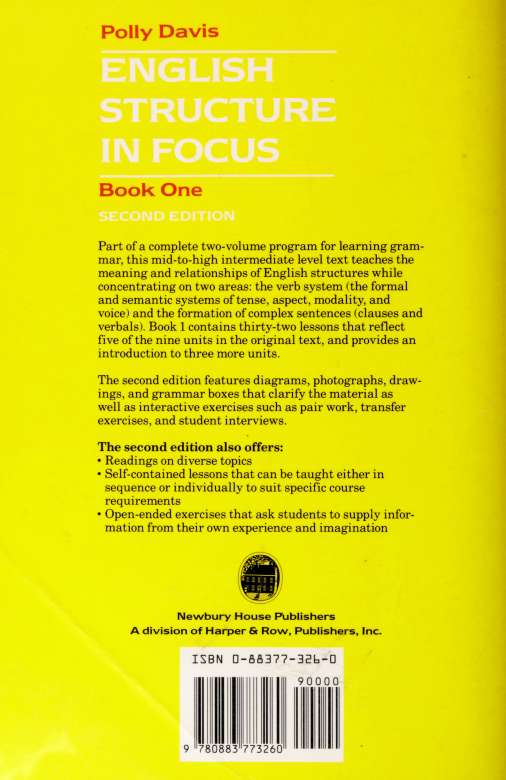
This second edition has been divided into two volumes: Book One for intermediate learners and Book Two for high intermediate to advanced learners. The revised text differs from the original in a number of respects: 1. Book One is now simpler, more uniformly intermediate in level. The presentation of structures relies largely on diagrams so that verbal explanations can be minimized. Some finer points of grammar have been omitted, and structures treated in the second half of the original edition are here given introductory treatment only. 2. 2.
The exercises are less tightly controlled. Many of them ask students to supply information from their own knowledge, experience, and imagination. There is also a greater variety of exercises, with some explicitly designed for oral presentation, pair work, or group work. 3. New topics of interest to university and adult students have been included. 4.
The lessons are self-contained, with few exceptions, and review exercises are designed to be optional so that teachers can easily change the sequence of presentation. 5. Each lesson now includes two new sections: Transfer Exercises, which help the student use key structures more independently in new contexts, and Discussion Topics, where the focus is on ideas rather than structure. In two important respects, however, the new edition is faithful to the original. First, every lesson is organized around a theme; exercises expand on the theme, adding new dimensions to what has been presented before. Second, the grammatical content focuses on two areas of particular importance to intermediate learners: the verb system (tense, aspect, and modals) and the formation of complex sentences.
LESSON FORMAT AND SUGGESTIONS FOR TEACHERS Each lesson consists of four basic parts: presentation and practice of structures (usually two sections per lesson), transfer exercises, discussion topics, and composition topics. A few lessons contain an additional activity such as a review, a role-play, or a community interview. StructuresPresentation and Practice New structures are presented diagramatically with explanatory notes following. The explanatory notes add to, rather than repeat, the information in the diagrams; teachers may therefore wish to have students discover and verbalize the rules illustrated in the examples. The diagrams and explanations that follow may be used to introduce or to summarize class practice, or may be assigned for home study. Each new structure is practiced in a series of exercises.
Intermediate students need oral practice, so some exercises are designed to be done with books closed and are marked accordingly. Many others, similar in format but more complex, can be done with books either open or closed, according to the needs and abilities of the class. Teachers should feel free to experiment and vary their approach. It is often important, however, for students at this level to work with language of a complexity somewhat beyond their oral/aural ability, and so open books are required for certain exercises. Occasionally an exercise is marked (optional) to alert teachers to an activity that may be of interest to some classes but difficult or inappropriate for others. The teacher is the best judge of when to omit, abbreviate, or delay an excerise, whether to use it in class or for homework, and so forth.
Next pageFont size:
Interval:
Bookmark:
Similar books «English structure in focus»
Look at similar books to English structure in focus. We have selected literature similar in name and meaning in the hope of providing readers with more options to find new, interesting, not yet read works.
Discussion, reviews of the book English structure in focus and just readers' own opinions. Leave your comments, write what you think about the work, its meaning or the main characters. Specify what exactly you liked and what you didn't like, and why you think so.


